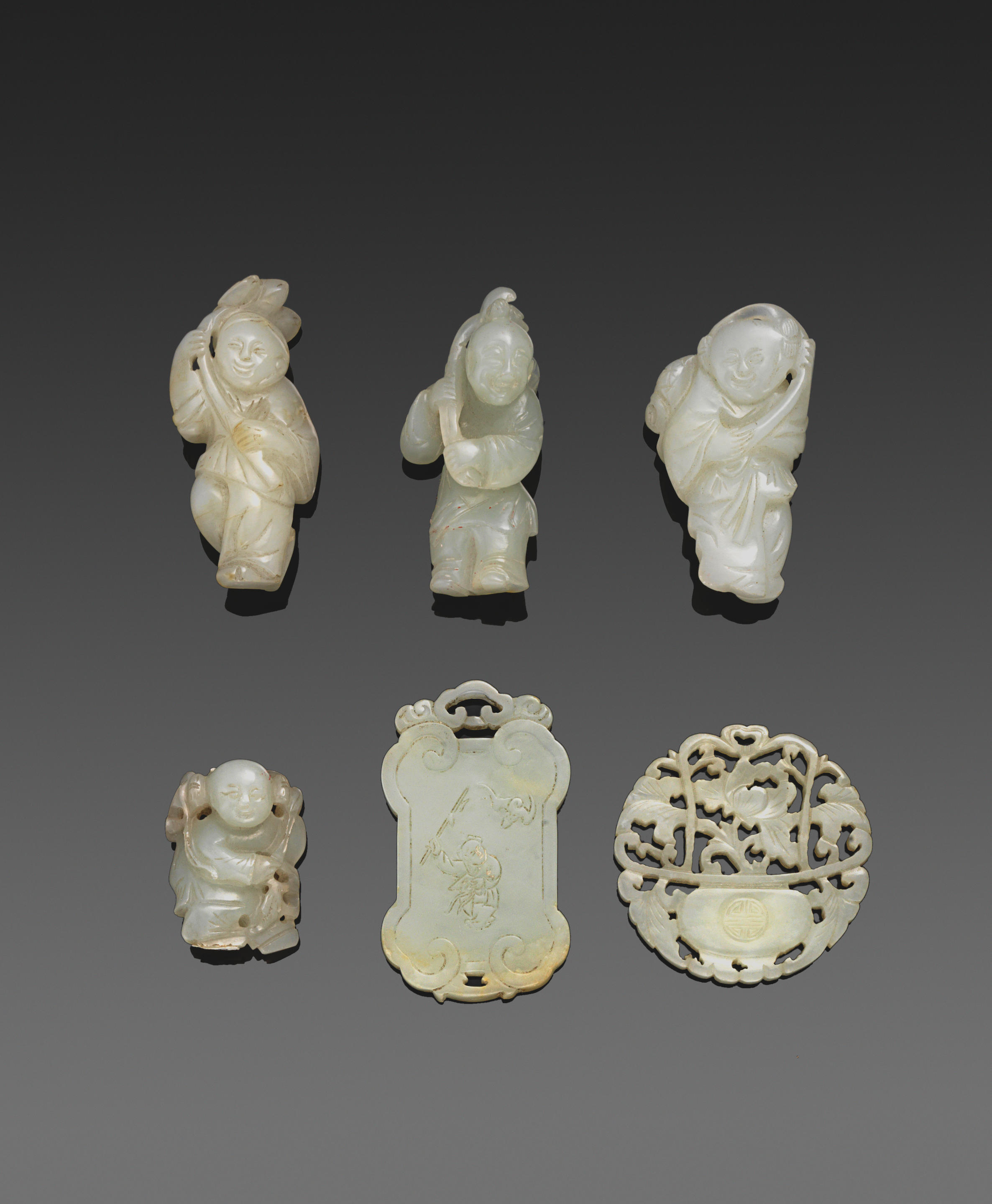An exceptionally rare photograph of Little Six and Medicine Bottle swinging from the gallows at Fort Snelling, most likely photographed by Upton or Whiting, although the carte lacks a studio imprint, 1865. There is one other known example of the photograph in this size. On the reverse is a two cent revenue stamp. The Minnesota Massacre in August 1862 resulted in the deaths of more than 450 settlers living near the reservation. Many white settlers came to help "civilize" the Sioux and establish an Indian school. Although the government offered over a million dollars to the tribe for their land, white merchants preyed upon the trade good dependent Sioux by granting massive amounts of credit that they collected directly from the government. Tensions rose as many Sioux found themselves unable to provide for their families. One store attendant refused to take more credit and turned away starving women and children saying, "If they are hungry, they can eat grass" (Torrence, Time-Life The Old West Series, "The Minnesota Massacre: Sioux on the Warpath," p. 175). After the attack some survivors found the store owner dead with grass stuffed in his mouth. When the annual payment from the government failed to arrive on time, Wo-wi-na-pa, the son of Little Crow, and some other Dakota men led an attack against the white settlers. Among them was Little Six, the grandson of Shakopee and leader of the Mdewakanton band, and Medicine Bottle, the nephew of Chief Medicine Bottle. Little Six and Medicine Bottle fled to Canada after the massacre. In early December 1862, the military convicted 303 Sioux prisoners of murder and rape by military tribunals and sentenced them to death. Thirty-eight of the convicted hanged all at once, making it the largest hanging in American History. Medicine Bottle and Little Six evaded capture for almost two years until Major Edwin Hatch kidnapped them in January of 1864. They were put on trial with Wo-wi-na-pa and charged with war crimes. Wo-wi-na-pa managed to escape the noose, but Little Six and Medicine Bottle did not. They hanged at Fort Snelling in 1865.
An exceptionally rare photograph of Little Six and Medicine Bottle swinging from the gallows at Fort Snelling, most likely photographed by Upton or Whiting, although the carte lacks a studio imprint, 1865. There is one other known example of the photograph in this size. On the reverse is a two cent revenue stamp. The Minnesota Massacre in August 1862 resulted in the deaths of more than 450 settlers living near the reservation. Many white settlers came to help "civilize" the Sioux and establish an Indian school. Although the government offered over a million dollars to the tribe for their land, white merchants preyed upon the trade good dependent Sioux by granting massive amounts of credit that they collected directly from the government. Tensions rose as many Sioux found themselves unable to provide for their families. One store attendant refused to take more credit and turned away starving women and children saying, "If they are hungry, they can eat grass" (Torrence, Time-Life The Old West Series, "The Minnesota Massacre: Sioux on the Warpath," p. 175). After the attack some survivors found the store owner dead with grass stuffed in his mouth. When the annual payment from the government failed to arrive on time, Wo-wi-na-pa, the son of Little Crow, and some other Dakota men led an attack against the white settlers. Among them was Little Six, the grandson of Shakopee and leader of the Mdewakanton band, and Medicine Bottle, the nephew of Chief Medicine Bottle. Little Six and Medicine Bottle fled to Canada after the massacre. In early December 1862, the military convicted 303 Sioux prisoners of murder and rape by military tribunals and sentenced them to death. Thirty-eight of the convicted hanged all at once, making it the largest hanging in American History. Medicine Bottle and Little Six evaded capture for almost two years until Major Edwin Hatch kidnapped them in January of 1864. They were put on trial with Wo-wi-na-pa and charged with war crimes. Wo-wi-na-pa managed to escape the noose, but Little Six and Medicine Bottle did not. They hanged at Fort Snelling in 1865.



.jpg)











Testen Sie LotSearch und seine Premium-Features 7 Tage - ohne Kosten!
Lassen Sie sich automatisch über neue Objekte in kommenden Auktionen benachrichtigen.
Suchauftrag anlegen